Home>Gardening & Outdoor>Landscaping Ideas>What To Plant In Place Of Grass
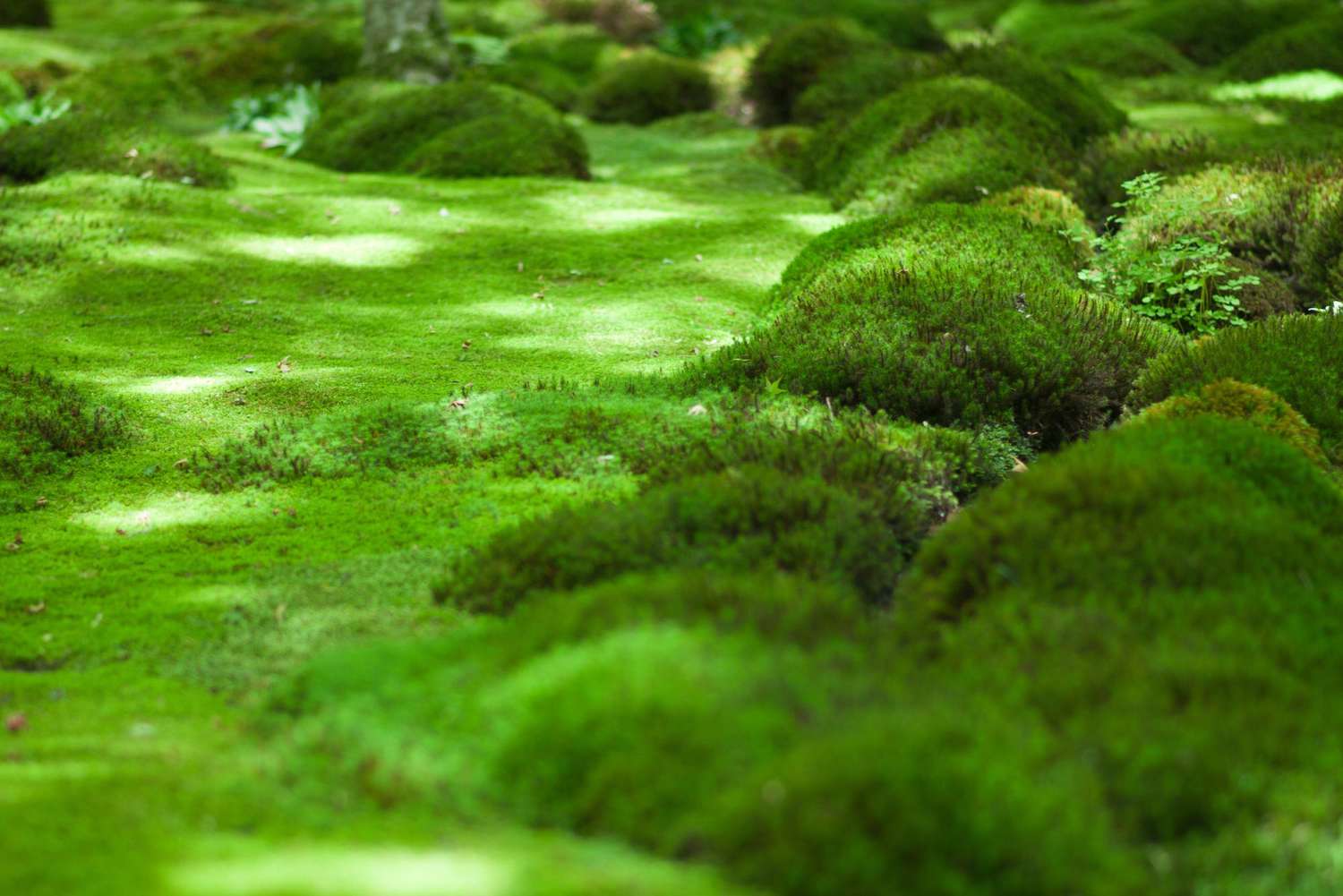

Landscaping Ideas
What To Plant In Place Of Grass
Modified: August 28, 2024
Discover creative landscaping ideas for replacing grass with low-maintenance plants. Transform your yard with eco-friendly alternatives. Explore more!
(Many of the links in this article redirect to a specific reviewed product. Your purchase of these products through affiliate links helps to generate commission for Storables.com, at no extra cost. Learn more)
Introduction
Are you tired of the constant mowing, watering, and fertilizing that comes with maintaining a traditional grass lawn? Perhaps you're looking to reduce your environmental impact, increase biodiversity, or simply add more visual interest to your outdoor space. Whatever your motivation, replacing grass with alternative plants and landscaping options can offer a myriad of benefits. In this article, we'll explore a variety of options for transforming your lawn into a vibrant, low-maintenance landscape that suits your lifestyle and aesthetic preferences.
By embracing alternatives to traditional grass lawns, you can reduce your reliance on water, minimize the use of chemical fertilizers and pesticides, and create a habitat that supports local wildlife. Whether you're interested in native plants, ground cover options, flowering varieties, or even edible landscapes, there are numerous possibilities to explore. Let's delve into the world of innovative landscaping ideas and discover the exciting array of plants that can thrive in place of conventional grass lawns.
Key Takeaways:
- Say goodbye to traditional grass lawns and hello to a vibrant, low-maintenance landscape with native plants, ground cover options, flowering varieties, and even edible gardens. Embrace the beauty and sustainability of alternative landscaping!
- Transform your outdoor space into a captivating and environmentally conscious haven by replacing traditional grass with a diverse array of plants. From native species to succulents, the possibilities for creating a visually engaging landscape are endless!
Read more: What Kind Of Plants To Plant For Drainage
Benefits of Replacing Grass
Transitioning from a traditional grass lawn to alternative landscaping options can yield a host of benefits, both for the environment and for your personal enjoyment of your outdoor space. Here are some compelling reasons to consider replacing grass with alternative plants:
- Water Conservation: Traditional lawns demand significant water resources to maintain their lush appearance. By incorporating drought-resistant plants and ground covers, you can significantly reduce your water consumption while still enjoying a visually appealing landscape.
- Biodiversity: Grass lawns offer limited ecological value, whereas diverse plantings can attract pollinators, birds, and other wildlife, contributing to a more vibrant and balanced ecosystem.
- Reduced Maintenance: Unlike grass, many alternative plants require minimal upkeep. By choosing low-maintenance options, you can free up time and resources that would otherwise be spent on mowing, fertilizing, and treating grass.
- Visual Interest: Alternative plants offer a wide range of colors, textures, and forms, adding visual intrigue and diversity to your landscape.
- Environmental Impact: Grass lawns often rely on chemical fertilizers and pesticides, which can have detrimental effects on the environment. By transitioning to natural, low-impact landscaping, you can minimize your ecological footprint.
- Personalization: Replacing grass with alternative plants allows you to personalize your outdoor space to better reflect your aesthetic preferences and lifestyle, creating a unique and inviting environment.
These benefits demonstrate the potential for creating a more sustainable, engaging, and environmentally friendly landscape by replacing traditional grass with a diverse array of alternative plants and ground covers. As we explore various plant options, you'll discover the rich tapestry of possibilities available for transforming your outdoor space into a thriving and visually captivating haven.
Native Plants
Integrating native plants into your landscape offers a multitude of advantages, making them an appealing choice for replacing traditional grass lawns. Native plants are species that naturally occur in a specific region and have adapted to the local climate, soil, and environmental conditions over time. By incorporating these indigenous species into your landscaping, you can enjoy the following benefits:
- Adaptability: Native plants are well-suited to the local climate and soil, requiring minimal maintenance once established. Their natural resilience makes them an ideal choice for sustainable landscaping.
- Biodiversity: By cultivating native plants, you can contribute to the preservation of local biodiversity, providing essential habitat and food sources for native wildlife, including pollinators and birds.
- Water Efficiency: Once established, native plants typically require less water than non-native species, as they have evolved to thrive in the local ecosystem.
- Low Maintenance: Many native plants are well-adapted to the local environment, reducing the need for excessive watering, fertilization, and pest control.
- Visual Appeal: Native plants offer a diverse array of colors, textures, and forms, allowing you to create a visually captivating landscape that reflects the natural beauty of the region.
When selecting native plants for your landscape, consider factors such as sunlight exposure, soil type, and moisture levels to ensure the best possible growing conditions. By embracing the unique charm and ecological benefits of native plants, you can create a sustainable and vibrant landscape that celebrates the natural heritage of your region while reducing the environmental impact of traditional grass lawns.
Ground Cover Plants
Ground cover plants are an excellent alternative to traditional grass lawns, offering a wealth of practical and aesthetic benefits. These low-growing, spreading plants provide numerous advantages for landscaping, making them a popular choice for replacing grass in various outdoor settings. Here are several compelling reasons to consider incorporating ground cover plants into your landscape:
- Erosion Control: Ground cover plants help stabilize soil and prevent erosion, making them an ideal choice for sloped or uneven terrain.
- Weed Suppression: Many ground cover varieties form dense mats that inhibit weed growth, reducing the need for chemical herbicides and manual weed removal.
- Moisture Retention: The dense foliage of ground cover plants helps retain soil moisture, promoting a healthy and resilient landscape, particularly in dry or arid climates.
- Visual Interest: With a wide range of textures, colors, and flowering patterns, ground cover plants add visual appeal and diversity to the landscape, creating an enchanting tapestry of foliage.
- Low Maintenance: Once established, many ground cover plants require minimal maintenance, making them an attractive option for those seeking a low-maintenance landscape.
- Adaptability: Ground cover plants are adaptable to various growing conditions, including shade, sun, and different soil types, offering versatility in landscaping design.
When selecting ground cover plants, consider the specific growing requirements of each species, such as sunlight preferences, moisture levels, and soil conditions. Whether you opt for creeping thyme, groundcover roses, or sedum varieties, these plants can transform your outdoor space into a lush and visually captivating environment while reducing the need for traditional grass lawns.
Flowering Plants
Introducing flowering plants into your landscape can infuse it with vibrant colors, enticing fragrances, and an abundance of natural beauty. Whether you prefer perennials, annuals, or a combination of both, incorporating flowering plants offers a myriad of benefits that surpass the visual appeal they provide. Here are several reasons to consider replacing traditional grass lawns with an array of flowering plants:
- Pollinator Attraction: Flowering plants are renowned for their ability to attract pollinators such as bees, butterflies, and hummingbirds, contributing to the health and biodiversity of your local ecosystem.
- Seasonal Variety: With careful selection, you can cultivate a succession of blooms throughout the growing season, ensuring a dynamic and ever-changing landscape.
- Ecological Benefits: Flowering plants play a crucial role in supporting beneficial insects and wildlife, fostering a balanced and sustainable environment.
- Fragrance and Aesthetics: The delightful scents and visually striking blooms of flowering plants enhance the sensory experience of your outdoor space, creating a captivating and inviting atmosphere.
- Low Maintenance Options: Many flowering plants are well-adapted to local growing conditions, requiring minimal intervention once established, thereby reducing the need for extensive maintenance.
- Personal Enjoyment: Cultivating a diverse array of flowering plants allows you to savor the beauty of nature up close and provides an ever-changing backdrop for relaxation and outdoor activities.
When selecting flowering plants for your landscape, consider factors such as sunlight requirements, soil composition, and water needs to ensure optimal growth and blooming. Whether you opt for classic favorites like roses and lilies or explore native wildflowers and heirloom varieties, the addition of flowering plants can transform your outdoor space into a captivating and ecologically beneficial haven.
Consider planting low-maintenance ground cover like clover or thyme instead of grass. They require less water and mowing, and provide food for pollinators.
Read more: What Grass To Plant In The Fall
Vegetable and Herb Gardens
Embracing the concept of edible landscaping by incorporating vegetable and herb gardens into your outdoor space offers a multitude of rewards, blending practicality with visual appeal. Whether you have a sprawling backyard or a compact urban garden, cultivating edible plants provides numerous benefits that extend beyond traditional ornamental landscaping. Here are several compelling reasons to consider replacing grass with vegetable and herb gardens:
- Homegrown Nutrition: Cultivating your own vegetables and herbs allows you to access fresh, nutritious produce right outside your door, promoting a healthy and sustainable lifestyle.
- Environmental Impact: Growing your own food reduces reliance on store-bought produce, lowering the carbon footprint associated with transportation and packaging.
- Visual Diversity: Vegetable and herb gardens offer a diverse array of colors, textures, and forms, enriching the visual appeal of your landscape while providing practical benefits.
- Educational Opportunities: Involving children and family members in the cultivation and care of edible plants fosters a deeper understanding of food production and the natural world.
- Flavor and Freshness: Homegrown vegetables and herbs boast superior flavor and freshness compared to store-bought alternatives, enhancing the culinary experience.
- Community Engagement: Surplus produce from your garden can be shared with neighbors, fostering a sense of community and connection.
When planning a vegetable and herb garden, consider factors such as sunlight exposure, soil quality, and water availability to ensure optimal growing conditions for your chosen crops. Whether you opt for raised beds, container gardening, or integrated plantings, the addition of edible landscapes can transform your outdoor space into a bountiful and visually engaging environment that nourishes both body and soul.
Moss and Ferns
Introducing moss and ferns into your landscape can create a serene and enchanting atmosphere, evoking a sense of timeless beauty and tranquility. These lush, low-maintenance plants offer a wealth of benefits, making them an appealing alternative to traditional grass lawns. Whether you’re seeking to establish a serene woodland retreat or add a touch of greenery to shaded areas, moss and ferns can transform your outdoor space in the following ways:
- Moisture Retention: Moss and ferns thrive in moist environments, making them an excellent choice for areas with high humidity or shaded conditions, while also contributing to soil moisture retention.
- Shade Tolerance: These plants are well-suited to shaded areas, allowing you to enhance the visual appeal of spaces that receive limited sunlight, such as under trees or along north-facing walls.
- Visual Texture: The feathery fronds of ferns and the velvety carpet of moss offer captivating textures that add depth and visual interest to your landscape, creating a lush and inviting ambiance.
- Natural Elegance: Moss and ferns evoke a sense of natural elegance and timelessness, infusing your outdoor space with a tranquil and enchanting aura.
- Low Maintenance: Once established, moss and ferns require minimal maintenance, making them an attractive option for those seeking a low-maintenance and visually striking ground cover.
- Erosion Control: Moss and ferns help stabilize soil and prevent erosion, making them an ideal choice for landscaping slopes and uneven terrain.
When incorporating moss and ferns into your landscape, consider the specific growing requirements of each species, such as moisture levels, soil composition, and light preferences. Whether you choose to create a moss garden, introduce ferns along pathways, or integrate them into shaded garden beds, these plants can transform your outdoor space into a verdant and captivating haven, offering a refreshing departure from traditional grass lawns.
Succulents and Cacti
Introducing succulents and cacti into your landscape can imbue it with a striking and distinctive aesthetic, while offering practical benefits and low-maintenance appeal. These resilient and water-wise plants are well-suited for arid and sunny environments, making them an excellent choice for replacing traditional grass lawns. Whether you’re aiming to create a desert-inspired oasis or add sculptural elements to your outdoor space, succulents and cacti can transform your landscape in the following ways:
- Drought Resistance: Succulents and cacti are adept at storing water in their fleshy tissues, enabling them to thrive in dry conditions and reducing the need for frequent watering.
- Architectural Appeal: The unique forms and textures of succulents and cacti add sculptural interest to the landscape, creating visually arresting focal points and accentuating the natural contours of your outdoor space.
- Low Maintenance: These plants require minimal upkeep and are well-adapted to arid environments, making them an ideal choice for those seeking a low-maintenance and visually striking landscape.
- Adaptability: Succulents and cacti are versatile and can thrive in various containers, rock gardens, and arid landscapes, offering flexibility in design and placement.
- Seasonal Interest: Many succulents and cacti produce striking blooms, adding bursts of color and visual intrigue to the landscape during the flowering season.
- Sustainability: By incorporating water-wise plants, you can reduce water consumption and create a more sustainable and environmentally conscious landscape.
When selecting succulents and cacti for your landscape, consider factors such as sunlight exposure, soil drainage, and winter hardiness to ensure optimal growth and resilience. Whether you opt for agaves, sedums, or prickly pear cacti, these plants can transform your outdoor space into a captivating and water-wise haven, offering a visually striking departure from traditional grass lawns.
Conclusion
Exploring alternatives to traditional grass lawns opens up a world of possibilities for creating vibrant, sustainable, and visually captivating landscapes. Whether you’re drawn to the ecological benefits of native plants, the practical advantages of ground cover options, the enchanting allure of flowering plants, or the functional and aesthetic appeal of edible gardens, there are numerous avenues to explore in transforming your outdoor space.
By embracing native plants, you can celebrate the natural heritage of your region while promoting biodiversity and minimizing environmental impact. Ground cover plants offer practical solutions for erosion control, weed suppression, and moisture retention, enhancing the resilience and visual appeal of your landscape. The addition of flowering plants infuses your outdoor space with vibrant colors, enticing fragrances, and a wealth of ecological benefits, attracting pollinators and contributing to a dynamic and ever-changing landscape.
Furthermore, the integration of vegetable and herb gardens not only provides an abundant source of fresh, homegrown produce but also fosters a deeper connection to the natural world and promotes sustainable living. Moss and ferns offer a serene and timeless elegance, while succulents and cacti bring a striking and water-wise aesthetic to the landscape, offering sculptural interest and low-maintenance appeal.
Ultimately, the decision to replace traditional grass with alternative plants and landscaping options empowers you to create a personalized, sustainable, and visually engaging outdoor environment that reflects your values and enhances the ecological integrity of your surroundings. By carefully selecting and integrating a diverse array of plants, you can cultivate a landscape that not only reduces maintenance demands but also celebrates the beauty and resilience of the natural world.
As you embark on this transformative journey, consider the unique attributes of your outdoor space, the local climate and ecosystem, and your personal preferences to craft a landscape that harmonizes with nature and enriches your daily life. Whether you opt for a combination of these alternatives or focus on a specific approach, the possibilities for creating a captivating and environmentally conscious landscape are as diverse and inspiring as the plants themselves.
Frequently Asked Questions about What To Plant In Place Of Grass
Was this page helpful?
At Storables.com, we guarantee accurate and reliable information. Our content, validated by Expert Board Contributors, is crafted following stringent Editorial Policies. We're committed to providing you with well-researched, expert-backed insights for all your informational needs.
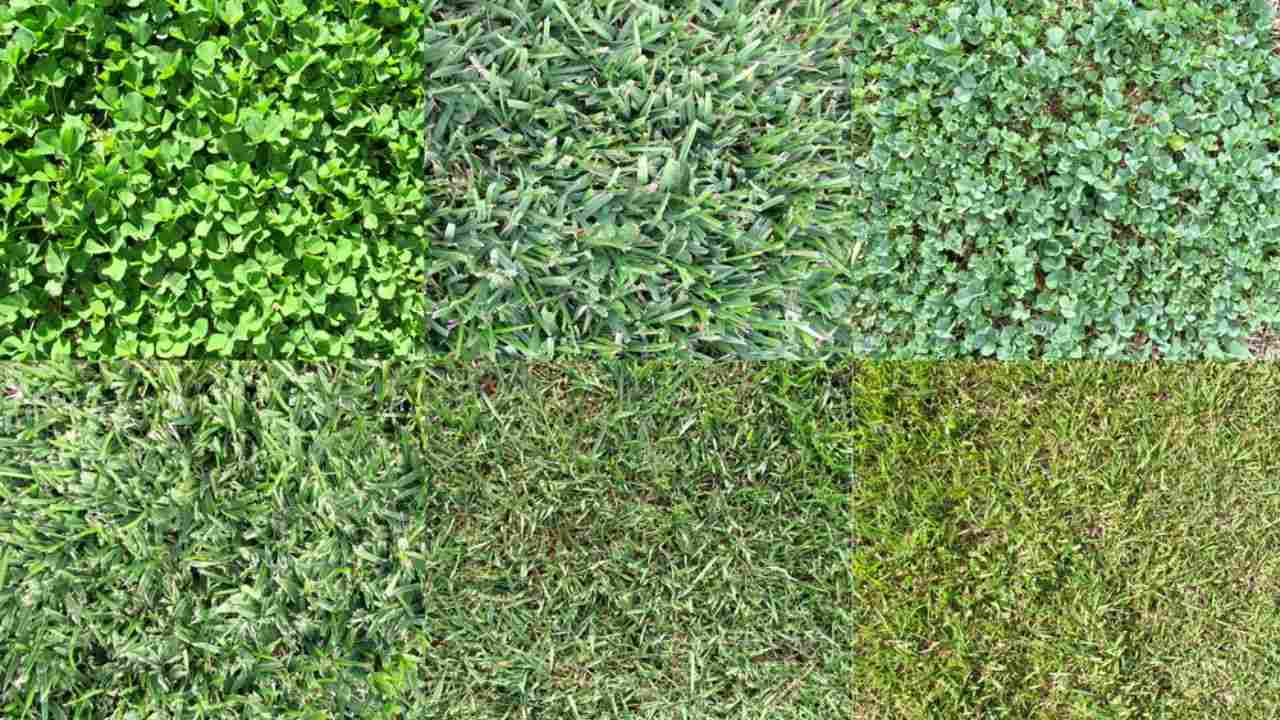
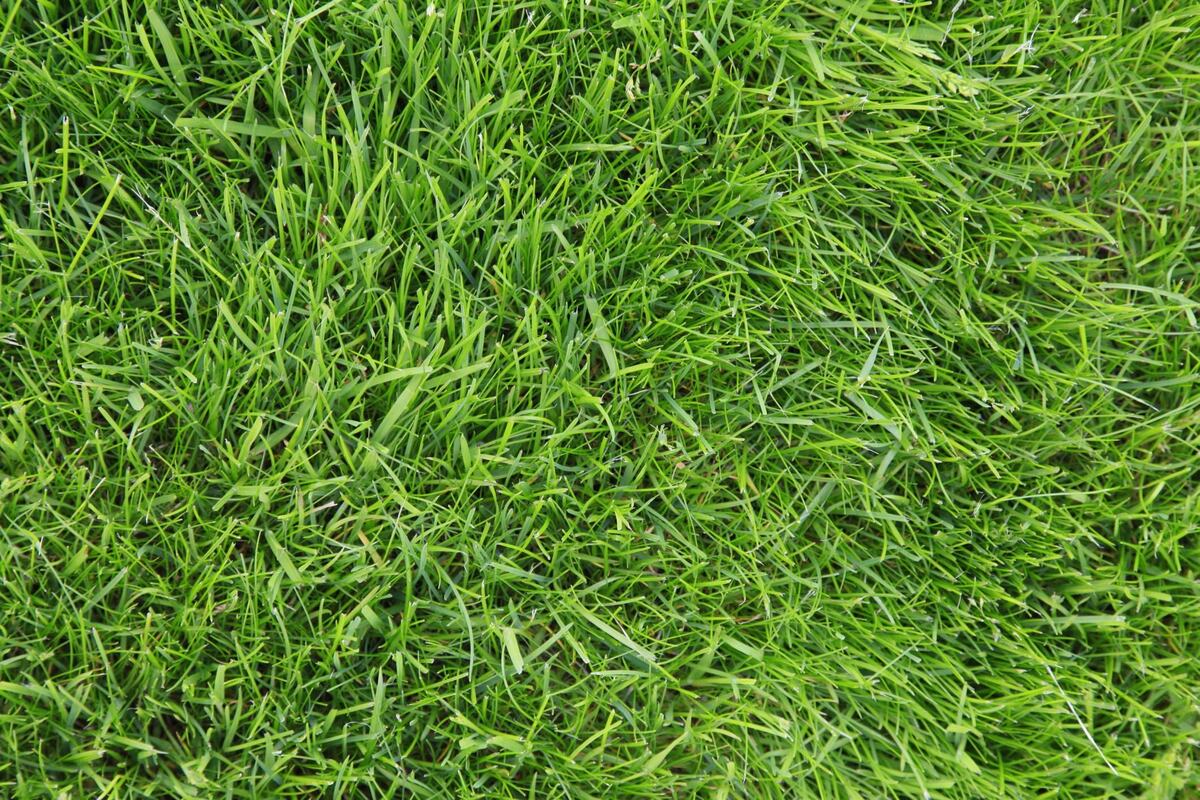
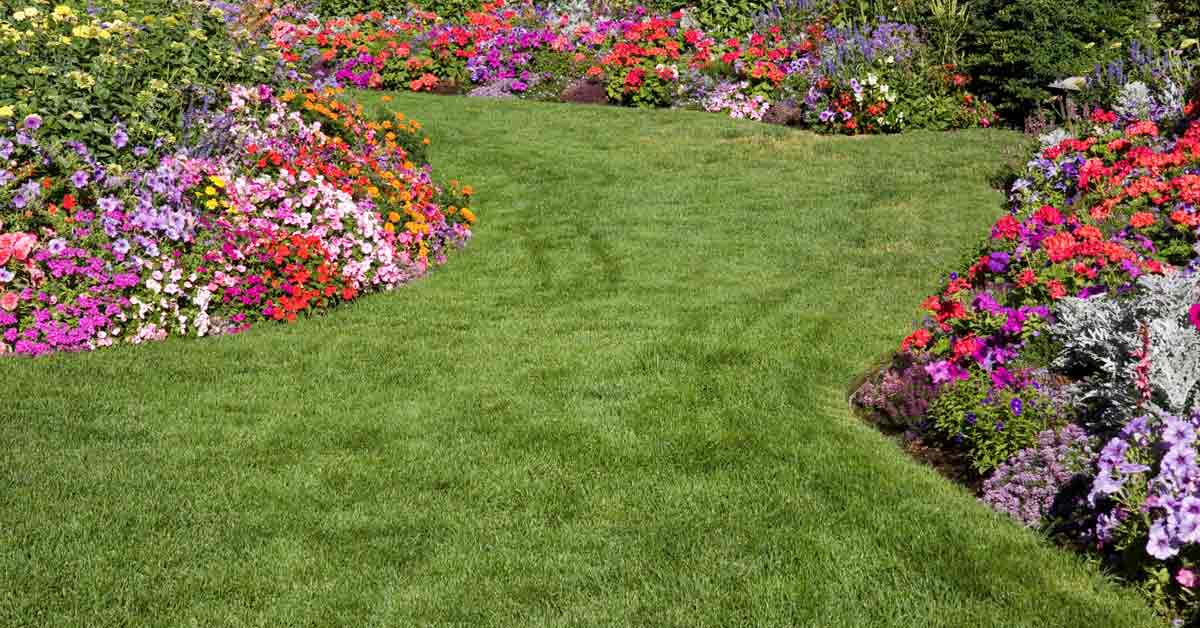


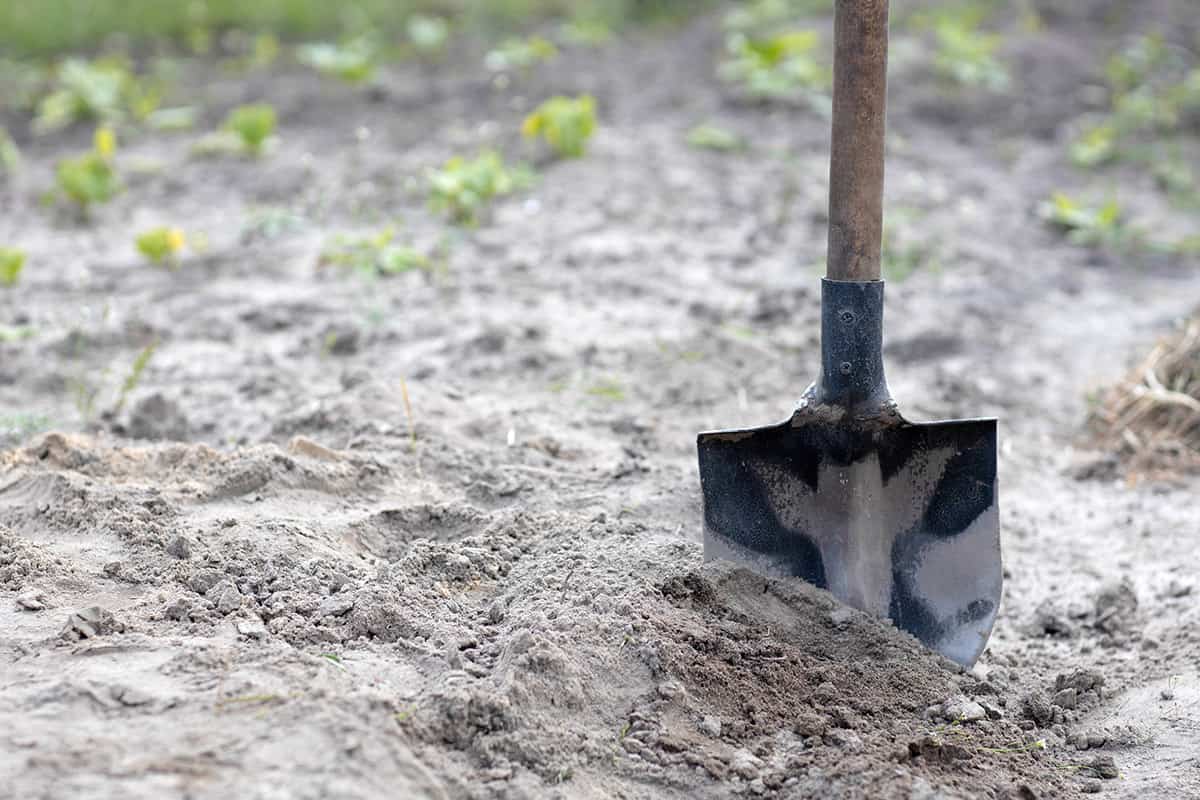
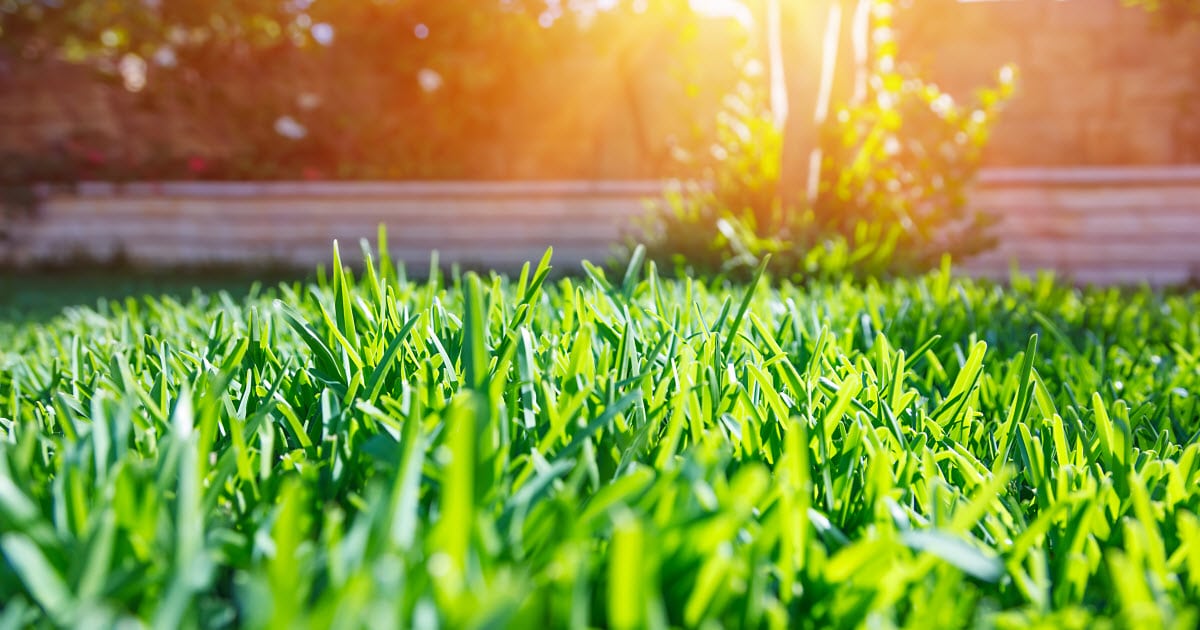
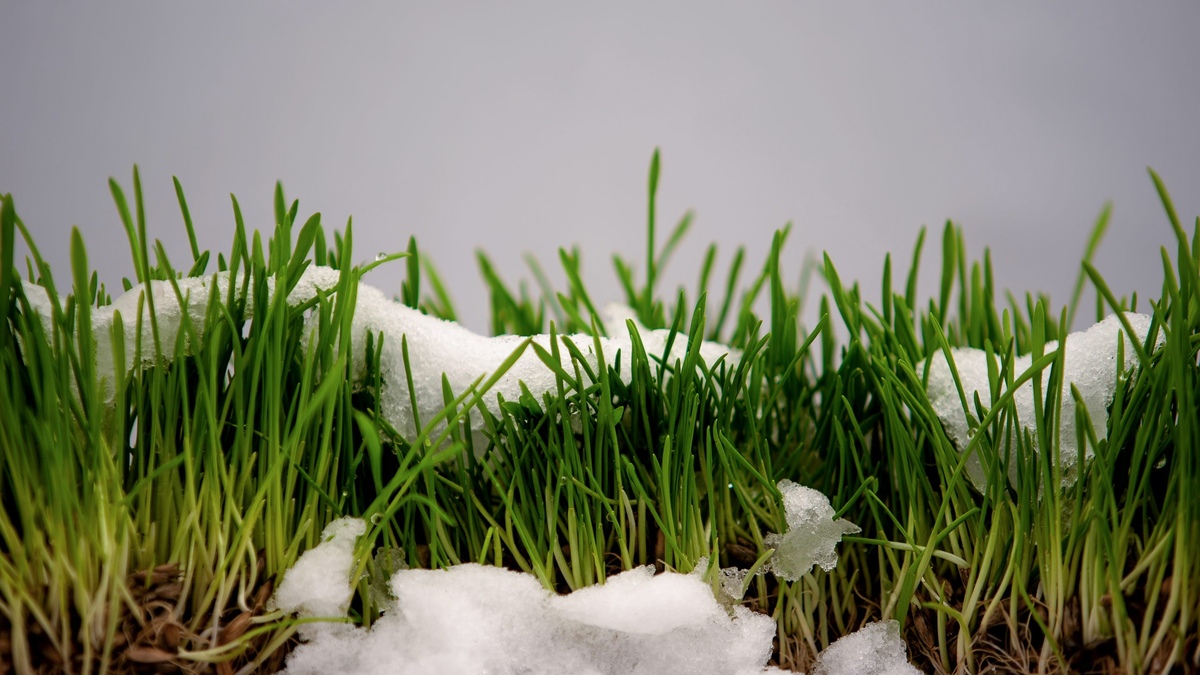
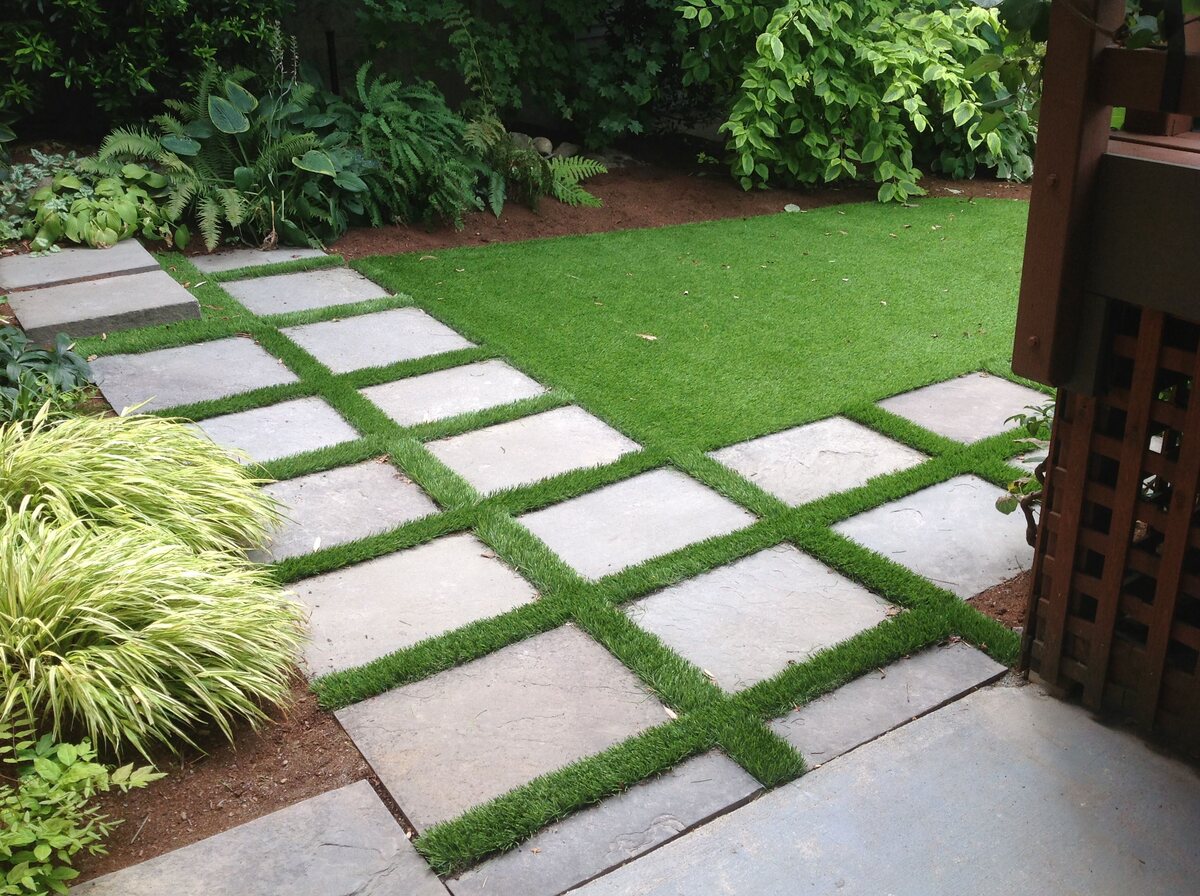
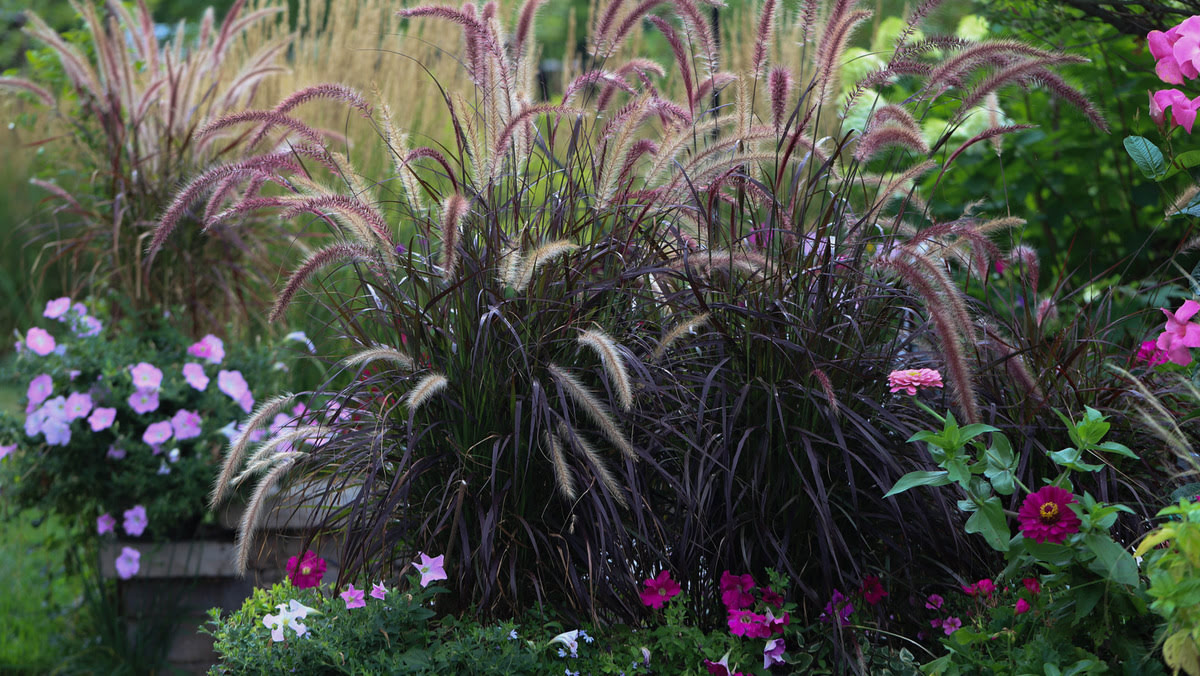
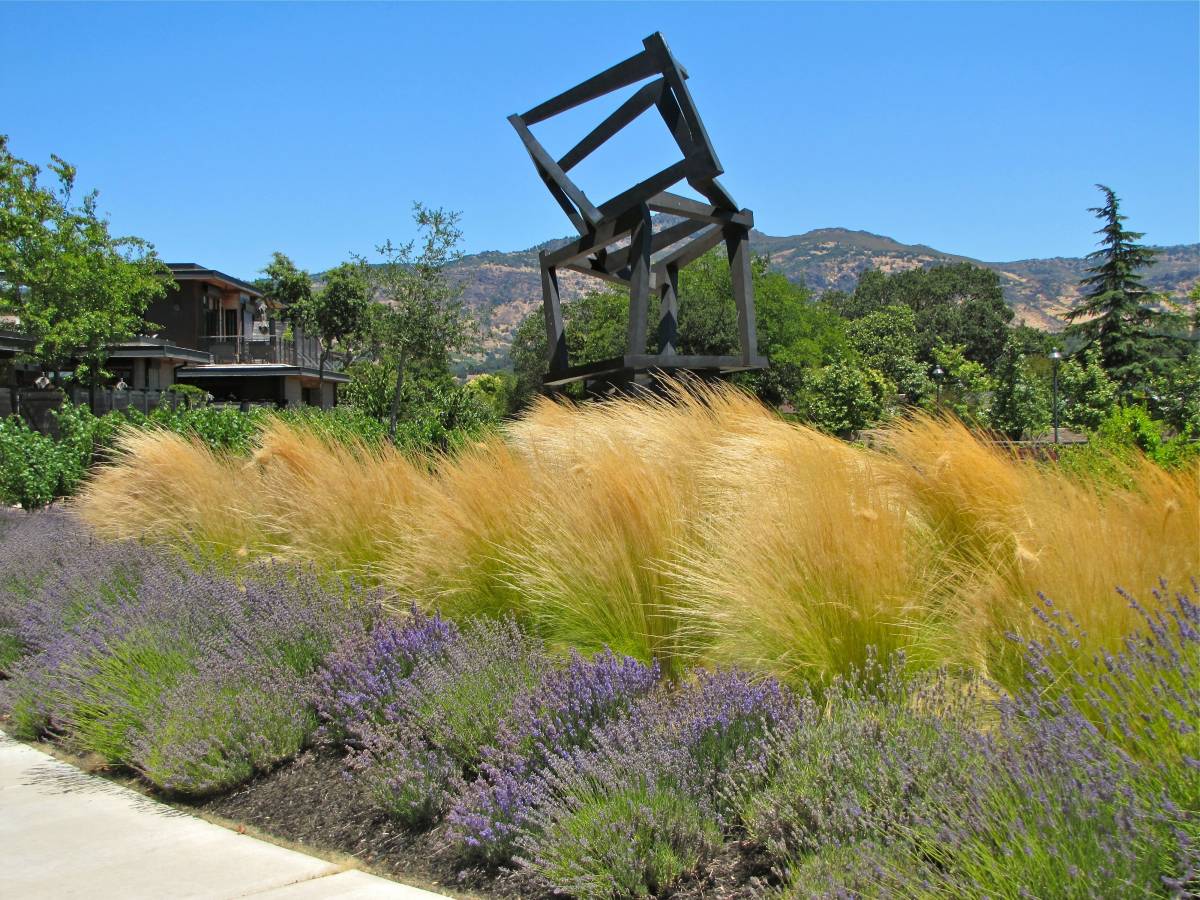
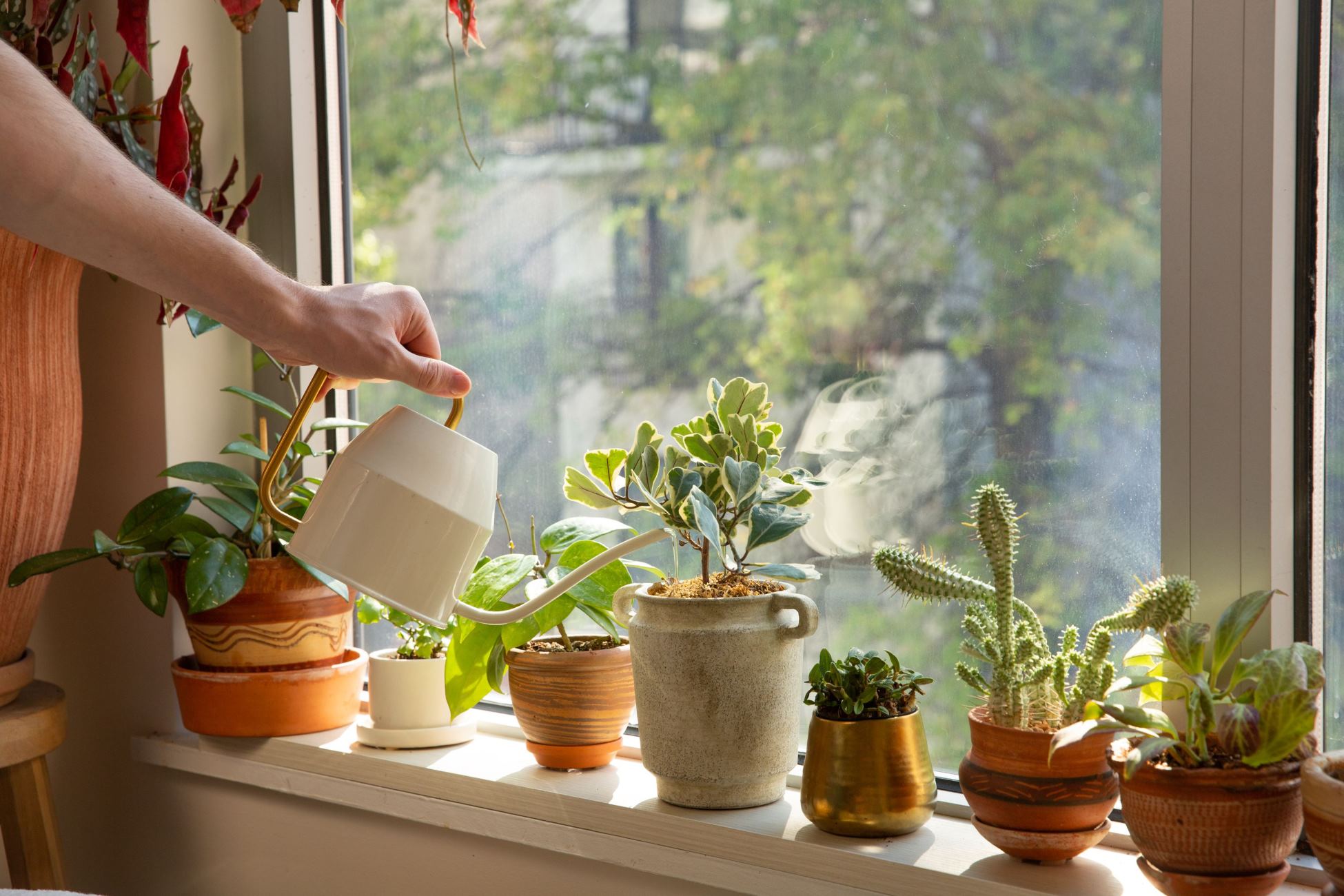
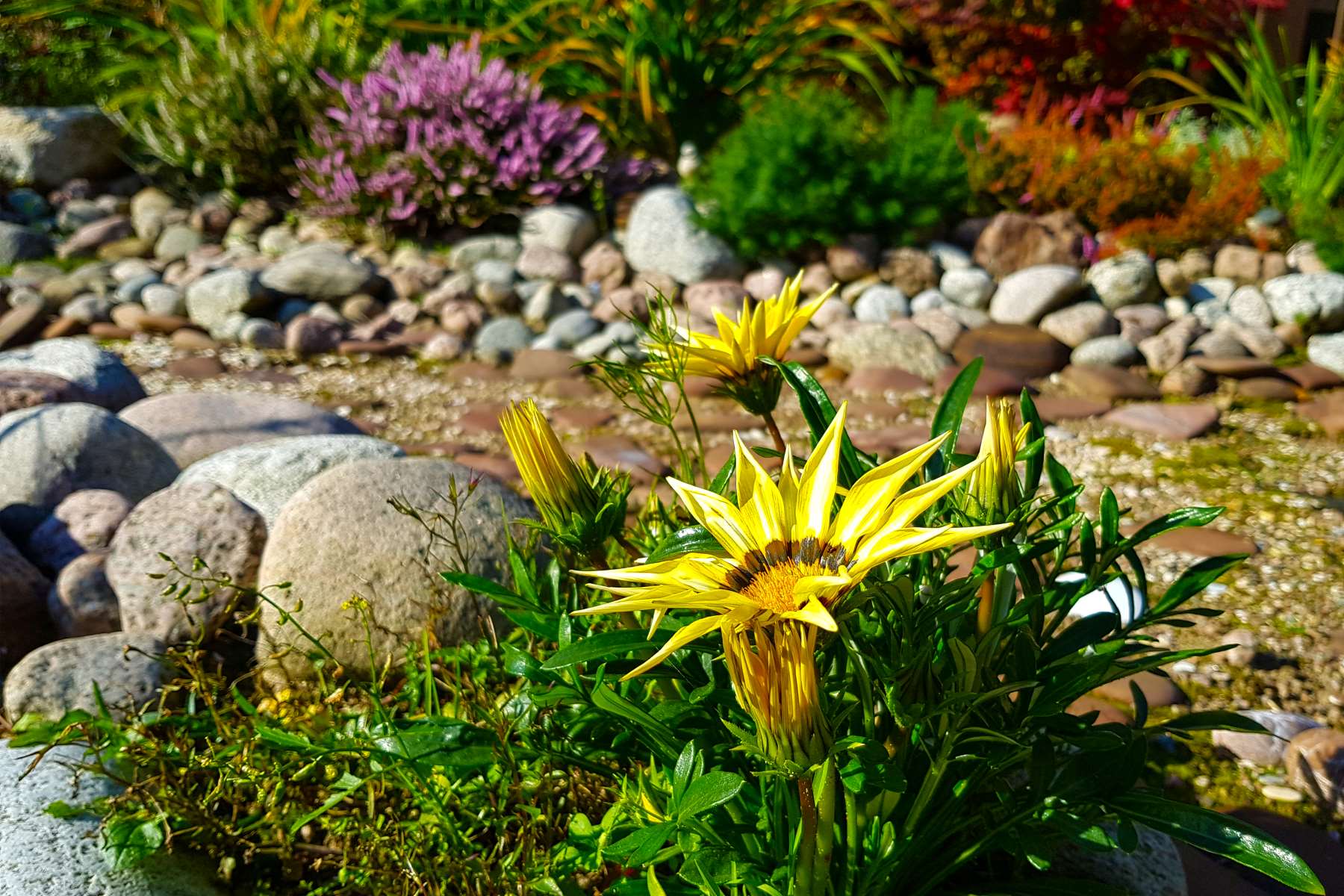
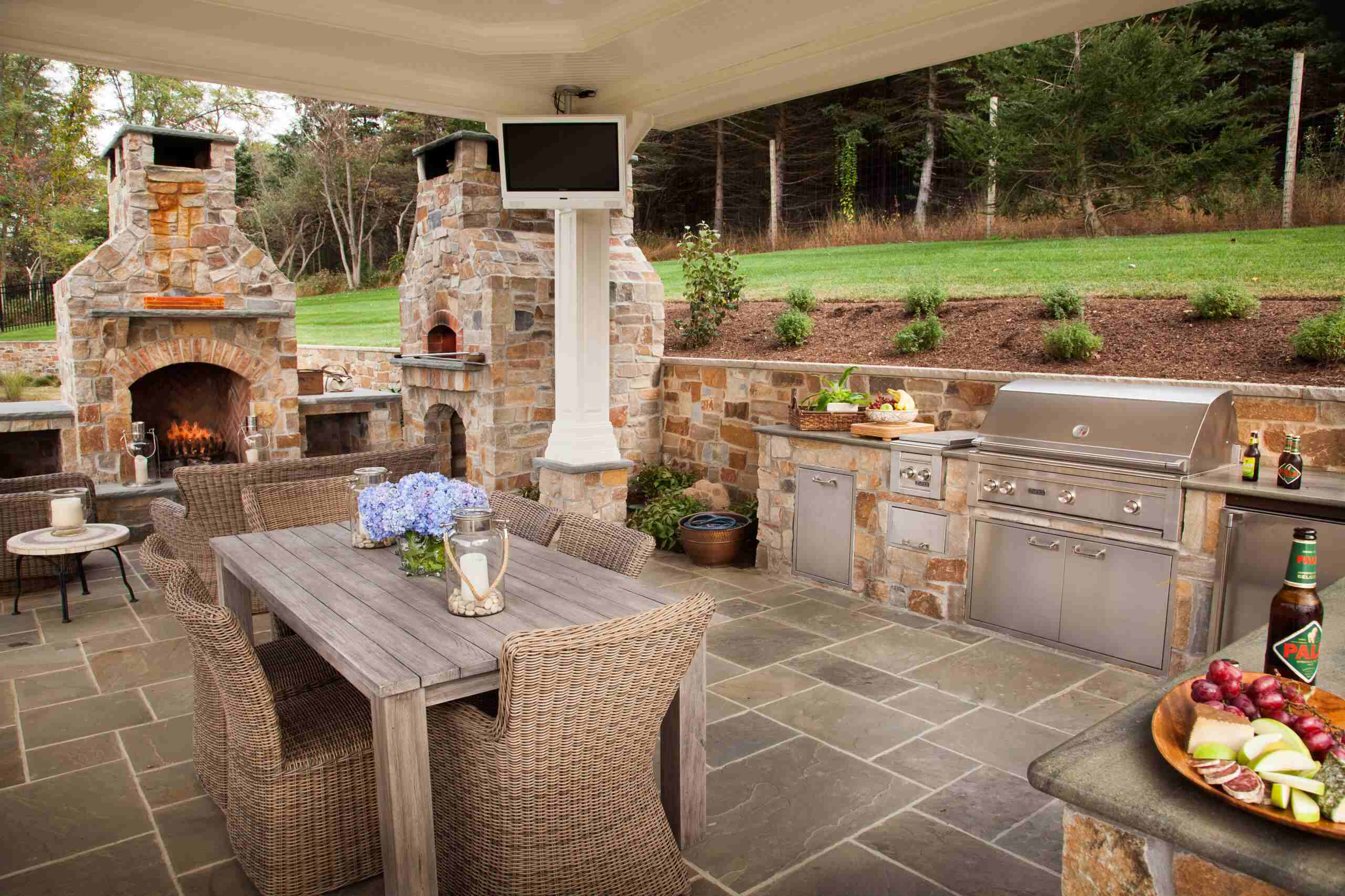

0 thoughts on “What To Plant In Place Of Grass”